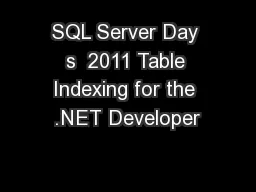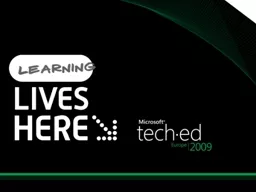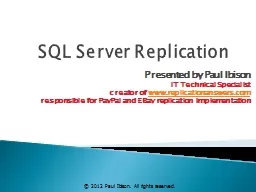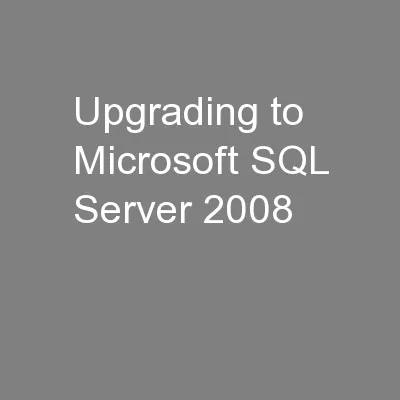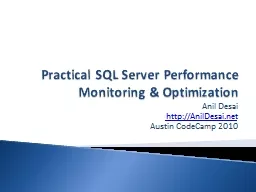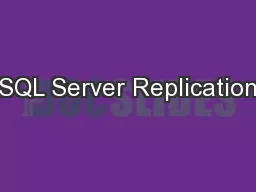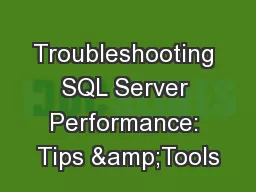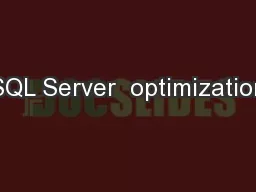PPT-SQL Server Day s 2011 Table Indexing for the .NET Developer
Author : alida-meadow | Published Date : 2018-02-11
Denny Cherry mrdennymrdennycom twittercommrdenny About Me Author or Coauthor of 5 books 8 SQL Mag articles Dozens of other articles Microsoft MVP Microsoft Certified
Presentation Embed Code
Download Presentation
Download Presentation The PPT/PDF document "SQL Server Day s 2011 Table Indexing fo..." is the property of its rightful owner. Permission is granted to download and print the materials on this website for personal, non-commercial use only, and to display it on your personal computer provided you do not modify the materials and that you retain all copyright notices contained in the materials. By downloading content from our website, you accept the terms of this agreement.
SQL Server Day s 2011 Table Indexing for the .NET Developer: Transcript
Download Rules Of Document
"SQL Server Day s 2011 Table Indexing for the .NET Developer"The content belongs to its owner. You may download and print it for personal use, without modification, and keep all copyright notices. By downloading, you agree to these terms.
Related Documents

